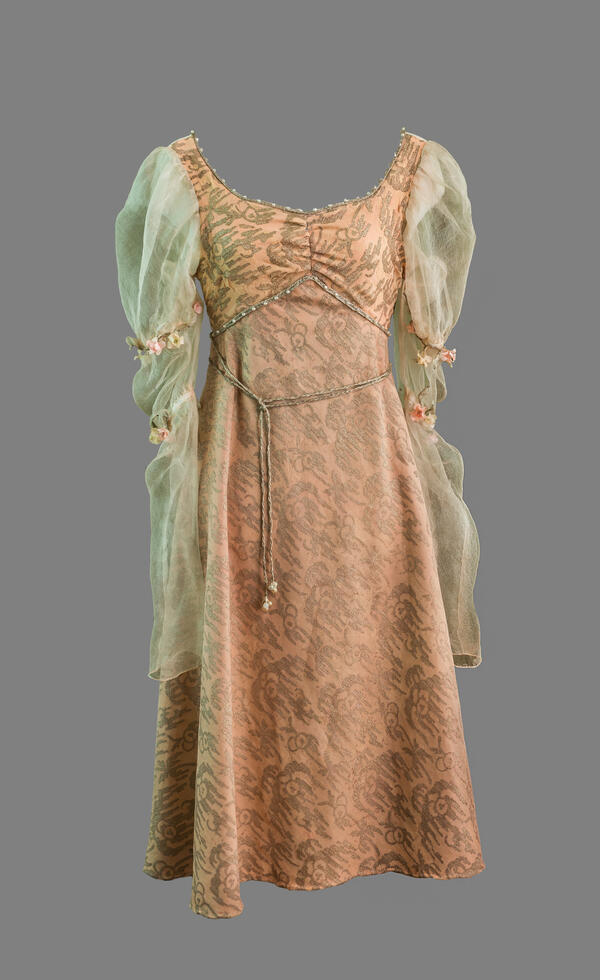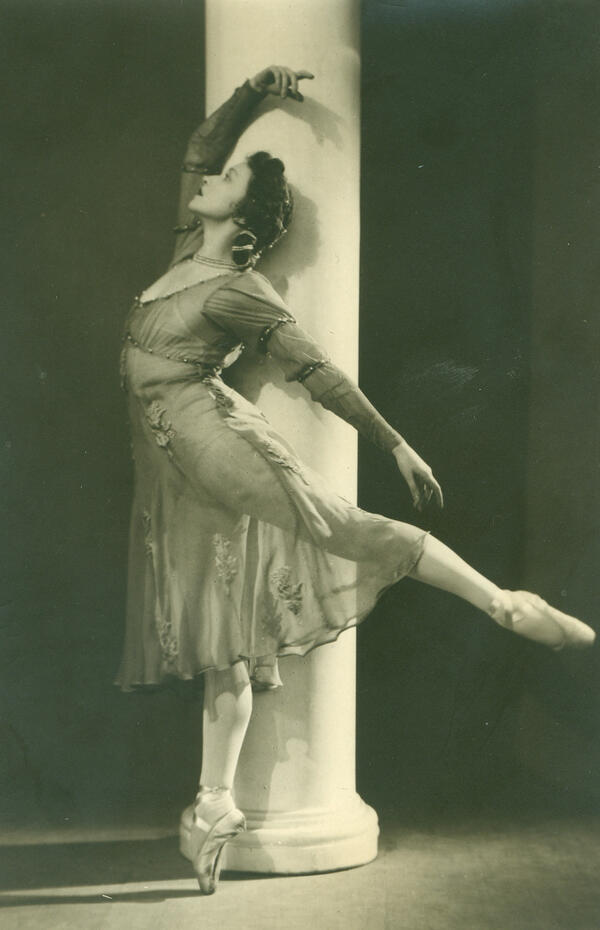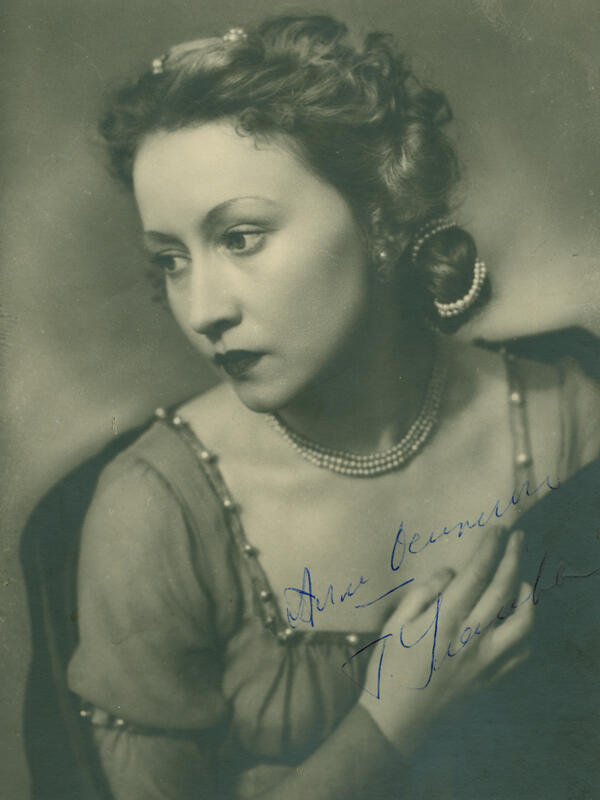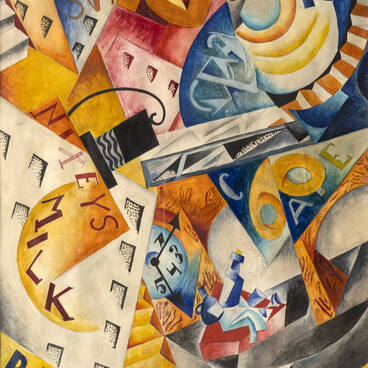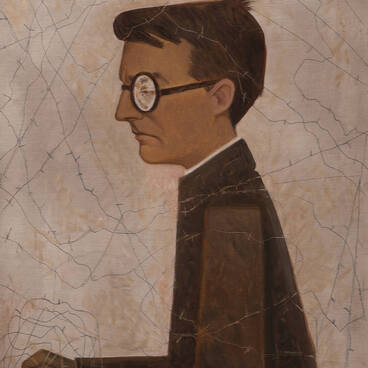Galina Ulanova was born in 1910 into a family of ballet dancers. Her father also worked as a director, and her mother — as a teacher in a dance school. The young Ulanova followed the best tradition of classical ballet, and her elegance and graceful movements fascinated the viewers. Ulanova had leading roles in the ballets “The Sleeping Beauty” and “Swan Lake” by Pyotr Tchaikovsky, “Raymonda” by Alexander Glazunov, and “Giselle” by Adolphe Adam. Her characters were fragile and vulnerable, but at the same time strong-willed and courageous.
The premiere of the ballet “Romeo and Juliette” by Leonid Lavrovsky took place in 1940. The play itself did not come easily: Sergei Prokofiev’s music was too complicated for the dance, and it was nearly impossible to interpret Shakespeare’s poetry into choreography. However, the tremendous success of the premiere exceeded all expectations. Ulanova’s Juliette to this day remains the best example of drama acting in ballet. The scene with her pas de couru while wearing a flapping cloak was considered the paragon of beauty. Ulanova’s talent to immerse herself into a role helped reflect the heroic act of self-sacrifice. At the same time, even her most complicated pas looked effortless and natural.
The male lead in the ballet “Romeo and Juliette” was assigned to the well-known ballet dancer Konstantin Sergeyev. The duo of Sergeyev and Ulanova embodied the tender love of two harmonic and like-minded people. After World War II, Ulanova performed together with Mikhail Gabovich. In 1954, the ballet was made into a full-length film starring Galina Ulanova and Yury Zhdanov.
Ulanova achieved worldwide fame through her brilliant performances in England, China, Germany, Italy, France, the USA, Austria, Hungary and other countries. Her skills were compared to those of the renowned ballet dancers of the past, such as Marie Taglioni and Anna Pavlova. From 1960 till her death in 1997, Galina Ulanova worked as a dance teacher and coach in the Bolshoi Theater. Ekaterina Maximova was her first and best-known student.
The ballet critic Boris Lvov-Anokhin wrote the following about Galina Ulanova,
The premiere of the ballet “Romeo and Juliette” by Leonid Lavrovsky took place in 1940. The play itself did not come easily: Sergei Prokofiev’s music was too complicated for the dance, and it was nearly impossible to interpret Shakespeare’s poetry into choreography. However, the tremendous success of the premiere exceeded all expectations. Ulanova’s Juliette to this day remains the best example of drama acting in ballet. The scene with her pas de couru while wearing a flapping cloak was considered the paragon of beauty. Ulanova’s talent to immerse herself into a role helped reflect the heroic act of self-sacrifice. At the same time, even her most complicated pas looked effortless and natural.
The male lead in the ballet “Romeo and Juliette” was assigned to the well-known ballet dancer Konstantin Sergeyev. The duo of Sergeyev and Ulanova embodied the tender love of two harmonic and like-minded people. After World War II, Ulanova performed together with Mikhail Gabovich. In 1954, the ballet was made into a full-length film starring Galina Ulanova and Yury Zhdanov.
Ulanova achieved worldwide fame through her brilliant performances in England, China, Germany, Italy, France, the USA, Austria, Hungary and other countries. Her skills were compared to those of the renowned ballet dancers of the past, such as Marie Taglioni and Anna Pavlova. From 1960 till her death in 1997, Galina Ulanova worked as a dance teacher and coach in the Bolshoi Theater. Ekaterina Maximova was her first and best-known student.
The ballet critic Boris Lvov-Anokhin wrote the following about Galina Ulanova,

